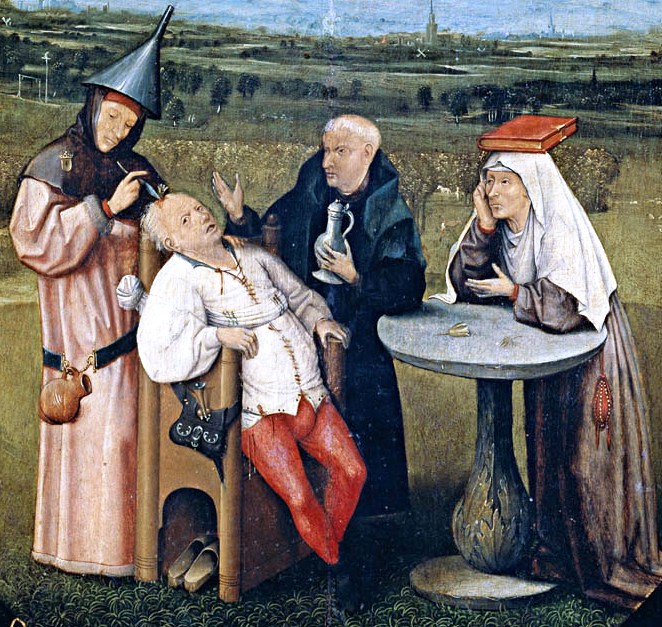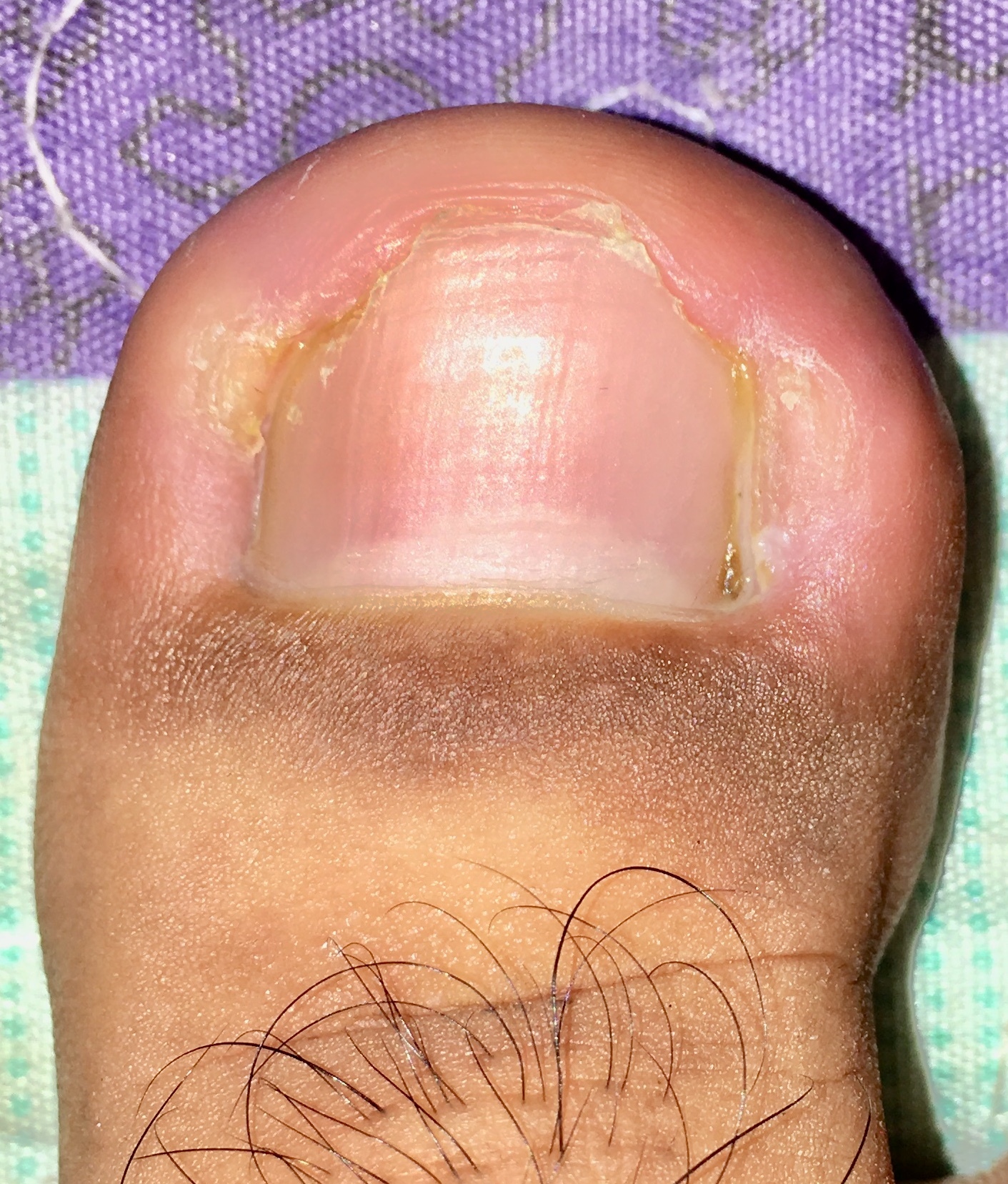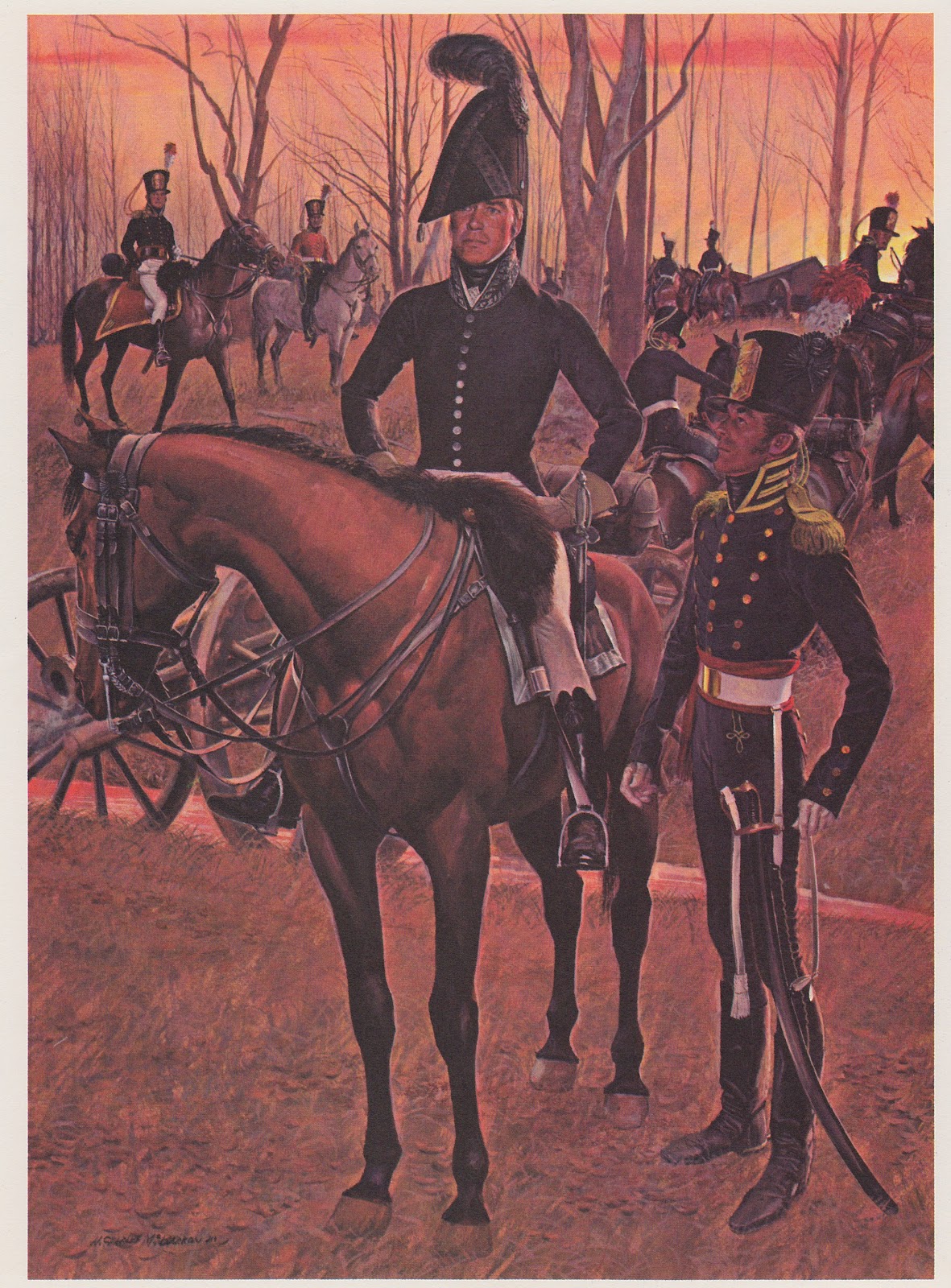|
Subungual Hematoma
A subungual hematoma is a collection of blood (hematoma) underneath a toenail or fingernail. It can be extremely painful for an injury of its size, although otherwise it is not a serious medical condition. Nature A laceration of the nail bed causes bleeding into the constricted area underneath the hard nail plate. The blood pools under the nail, giving a reddish, brownish, blueish, or grey/blackish discoloration. The blood puts pressure to the nailbed causing pain which can be throbbing in quality and disappears when the pressure on the nail bed is relieved. Subungual hematomas typically heal without incident, though infection may occur. The pressure of the blood blister may cause separation of nail plate from the nail bed (onycholysis), but the nail should not be pulled off, as this can cause scarring of the nailbed and deformed nails. Nail discolouration may last some months. The nail plate may also become thicker and more brittle as a result of the injury ( onychochauxis) ... [...More Info...] [...Related Items...] OR: [Wikipedia] [Google] [Baidu] |
Onychauxis
Onychauxis presents with thickened nails without deformity, and this simple thickening may be the result of trauma, acromegaly, Darier's disease, psoriasis, or pityriasis rubra pilaris, or, in some cases, hereditary.James, William; Berger, Timothy; Elston, Dirk (2005). ''Andrews' Diseases of the Skin: Clinical Dermatology''. (10th ed.). Saunders. . See also * Onycholysis * List of cutaneous conditions Many skin conditions affect the human integumentary system—the organ system covering the entire surface of the body and composed of skin, hair, nails, and related muscle and glands. The major function of this system is as a barrier agai ... References External links Conditions of the skin appendages {{skin-appendage-stub ... [...More Info...] [...Related Items...] OR: [Wikipedia] [Google] [Baidu] |
Trepanation
Trepanning, also known as trepanation, trephination, trephining or making a burr hole (the verb ''trepan'' derives from Old French from Medieval Latin from Greek , literally "borer, auger"), is a surgical intervention in which a hole is drilled or scraped into the human skull. The intentional perforation of the cranium exposes the ''dura mater'' to treat health problems related to intracranial diseases or release pressured blood buildup from an injury. It may also refer to any "burr" hole created through other body surfaces, including nail beds. A trephine is an instrument used for cutting out a round piece of skull bone to relieve pressure beneath a surface. In ancient times, holes were drilled into a person who was behaving in what was considered an abnormal way to let out what people believed were evil spirits. Evidence of trepanation has been found in prehistoric human remains from Neolithic times onward. The bone that was trepanned was kept by the prehistoric people an ... [...More Info...] [...Related Items...] OR: [Wikipedia] [Google] [Baidu] |
Hallux
Toes are the digits (fingers) of the foot of a tetrapod. Animal species such as cats that walk on their toes are described as being '' digitigrade''. Humans, and other animals that walk on the soles of their feet, are described as being '' plantigrade''; ''unguligrade'' animals are those that walk on hooves at the tips of their toes. Structure There are normally five toes present on each human foot. Each toe consists of three phalanx bones, the proximal, middle, and distal, with the exception of the big toe ( la, hallux). For a minority of people, the little toe also is missing a middle bone. The hallux only contains two phalanx bones, the proximal and distal. The joints between each phalanx are the interphalangeal joints. The proximal phalanx bone of each toe articulates with the metatarsal bone of the foot at the metatarsophalangeal joint. Each toe is surrounded by skin, and present on all five toes is a toenail. The toes are, from medial to lateral: * the first ... [...More Info...] [...Related Items...] OR: [Wikipedia] [Google] [Baidu] |
Morton's Toe
Morton's toe is the condition of having a first metatarsal which is short in relation to the second metatarsal (see diagram). It is a type of brachymetatarsia. This condition is the result of a premature closing of the first metatarsal's growth plate, resulting in a short big toe, giving the second toe the appearance of being long compared to the first toe. The metatarsal bones behind the toes are of different lengths, and the relative lengths vary between people. For most feet, a smooth curve can be traced through the joints at the bases of the toes (the metatarsal-phalangeal, or MTP, joints). But in Morton's foot, the line has to bend more sharply to go through the base of the big toe, as shown in the diagram. This is because the first metatarsal, behind the big toe, is short compared to the second metatarsal, next to it. The longer second metatarsal puts the MTP joint at the base of the second toe further forward. If the big toe and the second toe are the same length (a ... [...More Info...] [...Related Items...] OR: [Wikipedia] [Google] [Baidu] |
Ingrown Toenail
An ingrown nail, also known as onychocryptosis from el, ὄνυξ () 'nail' and () 'hidden', is a common form of nail disease. It is an often painful condition in which the nail grows so that it cuts into one or both sides of the paronychium or nail bed. While ingrown nails can occur in the nails of both the hands and the feet, they occur most commonly with the toenails (as opposed to fingernails), and for the most part are only problematic and painful on the big toe. A common conception is that the nail enters into the paronychium, but an "ingrown toenail" can simply be overgrown toe skin. The condition starts first from a microbial inflammation of the paronychium, and then a granuloma, which results in a nail buried inside of the granuloma. A true ''ingrown toenail'' is caused by actual penetration of flesh by a sliver of toenail. Signs and symptoms Symptoms of an ingrown nail include pain along the margins of the nail (caused by hypergranulation that occurs around ... [...More Info...] [...Related Items...] OR: [Wikipedia] [Google] [Baidu] |
United States Army Medical Corps
The Medical Corps (MC) of the U.S. Army is a staff corps (non-combat specialty branch) of the U.S. Army Medical Department (AMEDD) consisting of commissioned medical officers – physicians with either an M.D. or a D.O. degree, at least one year of post-graduate clinical training, and a state medical license. The MC traces its earliest origins to the first physicians recruited by the Medical Department of the Army, created by the Second Continental Congress in 1775. The US Congress made official the designation "Medical Corps" in 1908, although the term had long been in use informally among the Medical Department's regular physicians. Currently, the MC consists of over 4,400 active duty physicians representing all the specialties and subspecialties of civilian medicine. They may be assigned to fixed military medical facilities, to deployable combat units or to military medical research and development duties. They are considered fully deployable soldiers. The Chief of the ... [...More Info...] [...Related Items...] OR: [Wikipedia] [Google] [Baidu] |
Edward Lyman Munson
Brigadier General Edward Lyman Munson (December 27, 1868 – July 7, 1947) was a senior officer of the United States Army Medical Corps. He served in several conflicts, was an instructor and teacher for matters of field hygiene and sanitation, and authored several publications. Military career Born in New Haven, Connecticut, Munson was the son of attorney and judge Lyman E. Munson. Edward L. Munson graduated from the Yale School of Medicine in 1892. He accepted a commission with the US Navy but turned it down a few months later, to join the US Army. After joining the Army in 1893, Lieutenant Munson was assigned to Fort Assinniboine in Montana. In 1889 he received a new assignment to Fort Adams, Rhode Island, but was shortly afterwards deployed with the 5th Artillery, Fifth Army Corps in Chickamauga, Georgia. As part of the Spanish–American War, the unit was sent to Cuba. Many soldiers had already been infected with Typhoid fever while being mobilized in Chickamauga; in Cuba, ... [...More Info...] [...Related Items...] OR: [Wikipedia] [Google] [Baidu] |
Running
Running is a method of terrestrial locomotion allowing humans and other animals to move rapidly on foot. Running is a type of gait characterized by an aerial phase in which all feet are above the ground (though there are exceptions). This is in contrast to walking, where one foot is always in contact with the ground, the legs are kept mostly straight and the center of gravity vaults over the stance leg or legs in an inverted pendulum fashion.Biewener, A. A. 2003. Animal Locomotion. Oxford University Press, US. books.google.com/ref> A feature of a running body from the viewpoint of spring-mass mechanics is that changes in kinetic and potential energy within a stride occur simultaneously, with energy storage accomplished by springy tendons and passive muscle elasticity. The term running can refer to any of a variety of speeds ranging from jogging to sprinting. Running in humans is associated with improved health and life expectancy. It is assumed that the ancestors of humanki ... [...More Info...] [...Related Items...] OR: [Wikipedia] [Google] [Baidu] |
Toe Box
The toe box is the section of footwear that surrounds the toes on closed-toe shoes. Toe boxes that are too tight can cause injuries and foot deformities, whereas wider toe boxes may be used to treat or prevent common foot conditions such as Morton's neuroma. Toe boxes come in a variety of shapes and styles of construction, some of which are a matter of fashion, and some of which are designed for specialized functions. Fitting The toe box of a shoe should fit the wearer's foot without cramping or compressing it. A simple way to test if a toe box is too tight is to take out the insole of the shoe and stand on it. If the toes overhang the insole, the toe box is too small for the foot. The toe box also needs enough extra room to accommodate movements of the foot, such as lengthening arches and the splay of the toes. With each step, ankles and feet bend, toes spread and flex, and the arches of the foot flatten and rebound. Because the arches flatten, the foot lengthens and widens ... [...More Info...] [...Related Items...] OR: [Wikipedia] [Google] [Baidu] |
Finger
A finger is a limb of the body and a type of digit, an organ of manipulation and sensation found in the hands of most of the Tetrapods, so also with humans and other primates. Most land vertebrates have five fingers ( Pentadactyly). Chambers 1998 p. 603 Oxford Illustrated pp. 311, 380 Land vertebrate fingers The five-rayed anterior limbs of terrestrial vertebrates can be derived phylogenetically from the pectoral fins of fish. Within the taxa of the terrestrial vertebrates, the basic pentadactyl plan, and thus also the fingers and phalanges, undergo many variations. Morphologically the different fingers of terrestrial vertebrates are homolog. The wings of birds and those of bats are not homologous, they are analogue flight organs. However, the phalanges within them are homologous. Chimpanzees have lower limbs that are specialized for manipulation, and (arguably) have fingers on their lower limbs as well. In the case of Primates in general, the digits of the hand ... [...More Info...] [...Related Items...] OR: [Wikipedia] [Google] [Baidu] |






.jpg)
.jpg)
